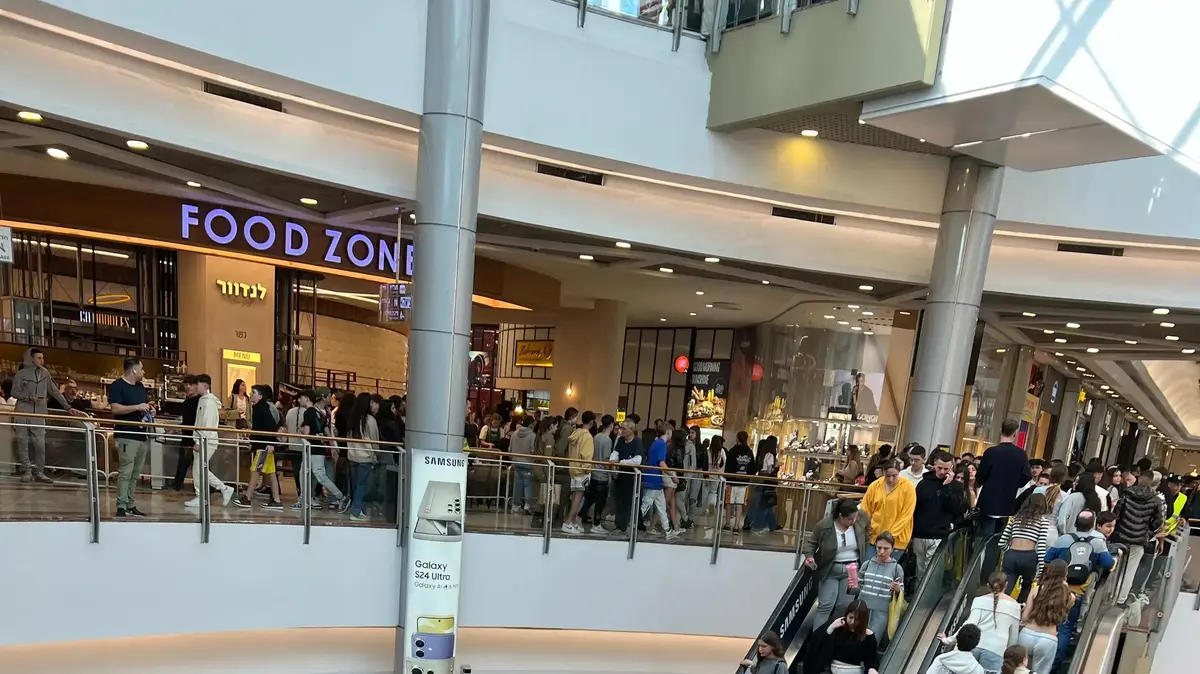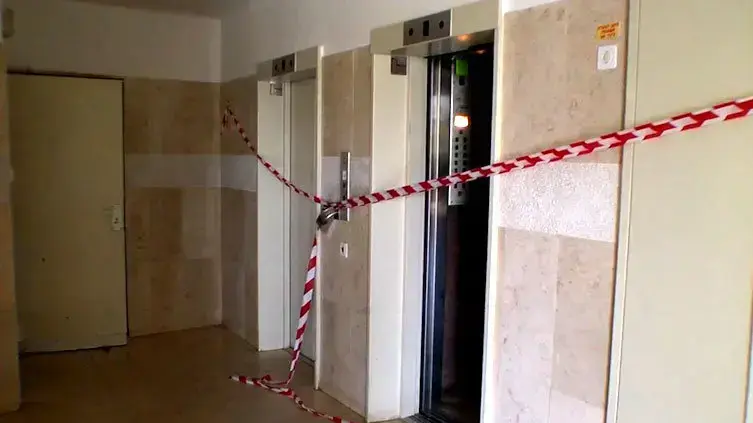The New York Times
07/06/2020 - 18:00
- Clarín.com
- World
The directory map of the Northfield Square shopping center in Bourbonnais, Ill., Has three obvious spaces where the department stores once stood . There will be a fourth vacancy soon, now that JC Penney is liquidating stores after filing for bankruptcy.
With so many empty spaces and physical stores in the midst of the seismic shifts, even before the coronavirus pandemic hit, the mall owners have spoken to local officials about identifying "best and best use of the site" , although they have refused to elaborate in what way they could do it.
"Filling an anchor space is generally feasible," said Elliot Nassim, president of Mason Asset Management, co-owner of the Northfield Square shopping center and dozens of other closed shopping centers. "But once you get hit by two more and you're faced with three anchor space closures , that's usually where we're most likely to put it in the redevelopment space."
The standard American mall - with its large parking lots, escalators and air conditioning, and the ambiance laden with perfume samples and the scent of Mrs. Fields' cookies - was built around the department stores . But the pandemic has been devastating to the retail industry, and many of those stores are fast disappearing. Some chains can't pay the rent, and famous department store chains, including Neiman Marcus, as well as JC Penney, have filed for bankruptcy protection. As the stores close, it could happen that other tenants leave the shopping malls, at the same time that large specialized chains like Victoria's Secret are shrinking.
Malls were already facing pressure from online shopping , but analysts now say hundreds of them risk closing in the next five years. This may lead to a redevelopment of the suburbs, as many communities are debating whether abandoned shopping malls can become local markets or office space, and even affordable housing.
"More companies have gone bankrupt than we would have expected, and I think that will accelerate as we move through the year , unfortunately," said Deborah Weinswig, founder of Coresight Research, a research and advisory firm that specializes in retail and technology. "And so the non-bankrupt are using this as an opportunity to clean up their properties."
Live Coronavirus cases
Argentina
The world
USA
Spain
Italy
Mexico
Weinswig said shopping centers that can cope with the current difficult situation will be more prosperous - better tenants, more welcoming and active - although he anticipated that about 25 percent of the country's nearly 1,200 shopping centers are in danger.
Most retailers who have filed for bankruptcy are closing stores but plan to continue operating.
Department stores account for about 30 percent of the surface of shopping malls in the United States, and 10 percent of them come from Sears (who filed for bankruptcy in 2018) and JC Penney, according to Green Street Advisors, a real estate research firm. JC Penney, who declined to comment, has said that store closings will begin this summer and could be as high as 250. Green Street forecast in April that more than half of major department store stores will close by the end of 2021.
That will have significant effects beyond reducing customer traffic. Many small mall retailers have clauses in their rental agreements - so-called co-lease clauses - that allow them to pay a reduced rent or even break the lease if two or more central stores leave a space.
"In many lower-level shopping malls, where there may already be an empty docking space, where you have the Sears box that closed two years ago and hasn't been occupied yet, and now your JC Penney box is closed, that's going to make that mall probably lose a lot of tenants and possibly even lose its competitive positioning very quickly, "said Vince Tibone, retail analyst for Green Street.
Tibone said he was pessimistic about the ability of most shopping malls to fill vacant spaces, especially during the pandemic.
And then there are the customers, who are already buying in bulk online and might not be as eager to return to the closed emporiums where they will be surrounded by other people.
What is Coronavirus? How is it spread and what are its symptoms?
Watch the special"If there is a perception that people are safer outside and less safe inside, that's not a good thing," said Matthew W. Lazenby, executive director of Whitman Family Development, which manages the luxurious Bal Harbor outdoor stores in the outskirts of Miami.
I ven before the pandemic, US malls were seeing their fortunes were diverted . While malls in affluent areas with high-end shops and restaurants generally thrived, lower-level malls, particularly those with competitors nearby, suffered over the years as retailers were left with their physical stores and filed for bankruptcy.
Macy's, which also owns Bloomingdale's, said in February that it would close 125 stores in "lower-level shopping malls" over the next three years, and Nordstrom recently said it would close 16 of its 116 large full-line stores. While Neiman Marcus, who filed for bankruptcy in May, said he plans to reopen all of his stores.
Lazenby said his mall was in a good position, but has also grappled with the decline of department stores. Barneys New York, which finished liquidating this year, was supposed to anchor an expansion, and the mall also has a Neiman Marcus.
Brad Schlossman, CEO of West Acres Development, where he oversees the popular West Acres shopping center in Fargo, ND, founded by his father, said Sears was the mall's first tenant and that he had a rental agreement that, including options renewal, had a term of 45 years that expired in 2017.
Since Sears retired, the mall has been trying to redevelop the space , installing a Best Buy and trying to attract restaurants, though those plans may be put on hold, depending on which tenants may pay the rent in the near future.
Mr. Schlossman is optimistic about West Acres, in part because it is the only major shopping center in an area where the climate favors closed spaces. But he anticipates bigger problems in places where there are groups of shopping malls. "We are that in our community, so we do not have the same cannibalization or fight to attract tenants because we are competing against another shopping center," he said.
By Sapna Maheshwari. The New York Times








/cloudfront-eu-central-1.images.arcpublishing.com/prisa/OOLBKF5K4VFN7EA7IFFA4PMVUE.jpg)